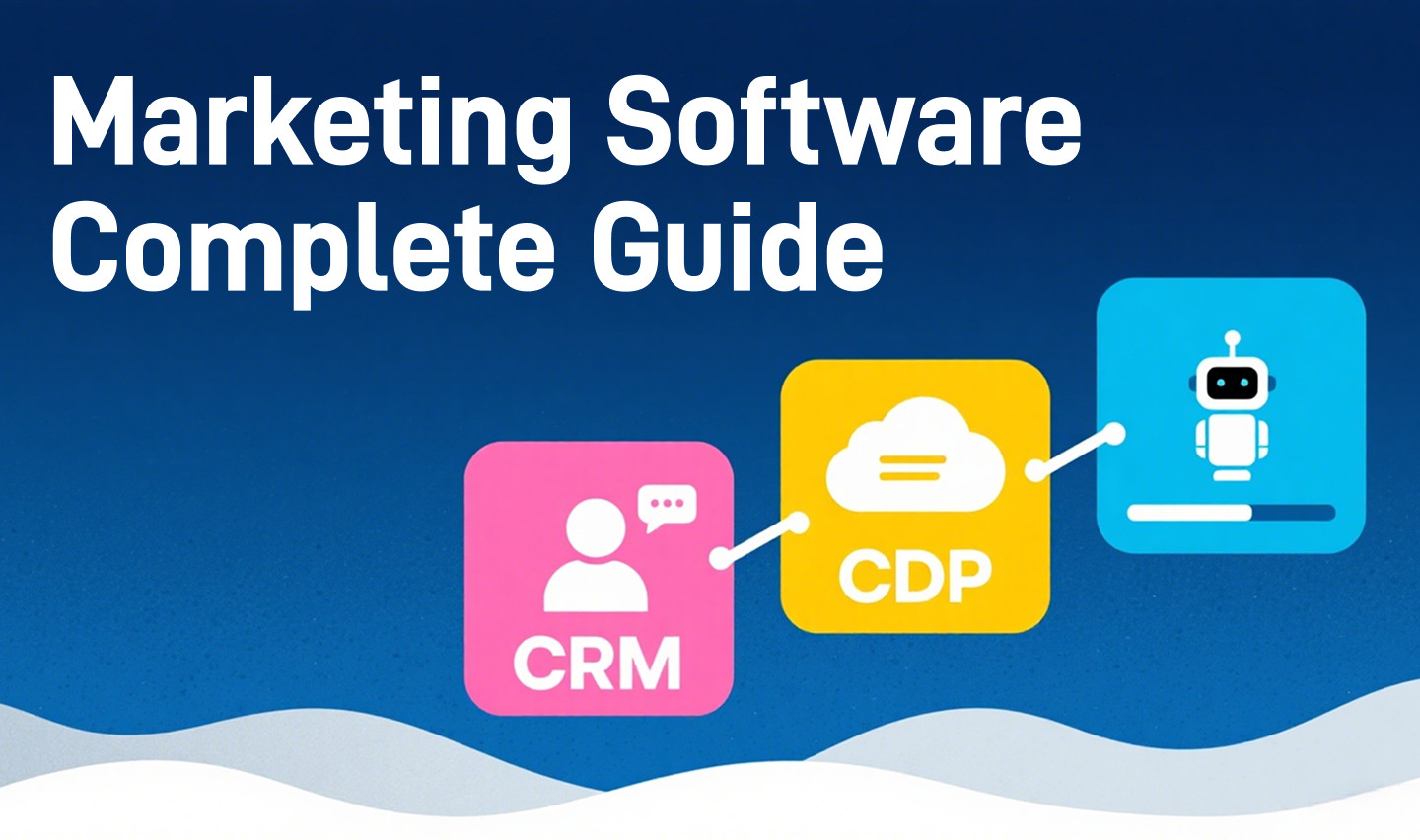
Complete Guide to Marketing Software | CRM, CDP & Automation 2025
CDP, Marketing Automation, Website Analytics
11 October 2025
1. Introduction: Why Digital Marketing Software is Essential for Businesses
In the fast-growing digital economy of 2025, marketing is no longer just promotion; it is data-driven omnichannel experience management. Customers interact with brands across multiple touchpoints, from social media ads → official websites → Email → App push notifications → in-store experience, all the way to post-sales service. Every touchpoint affects brand perception and revenue.
With such a fragmented customer journey, relying on a single tool (e.g., an EDM system or traditional CRM) is no longer sufficient. Therefore, “digital marketing software” has evolved into an ecosystem, covering CRM (Customer Relationship Management), CDP (Customer Data Platform), marketing automation platforms, and analytics tools, together supporting a complete MarTech framework.
This article will guide you through the positioning and application of each type of software, along with real-world examples, to help businesses select the most suitable solution.
2. CRM (Customer Relationship Management)
CRM Positioning
CRM emphasizes customer relationship management, focusing on recording all customer interactions and transactions, helping businesses enhance service experience and drive sales conversion.
Core Features
- Centralized Data Management: Consolidates customer contact information, transaction history, and service feedback in a single system
- Sales Pipeline Tracking: Complete tracking from leads, quotes, contracts to deal closure
- Interaction Records: Logs calls, emails, and meetings for seamless follow-up by sales teams
- Marketing & Customer Service Integration: Some CRMs integrate marketing campaigns and customer service systems for unified management
Representative Tools
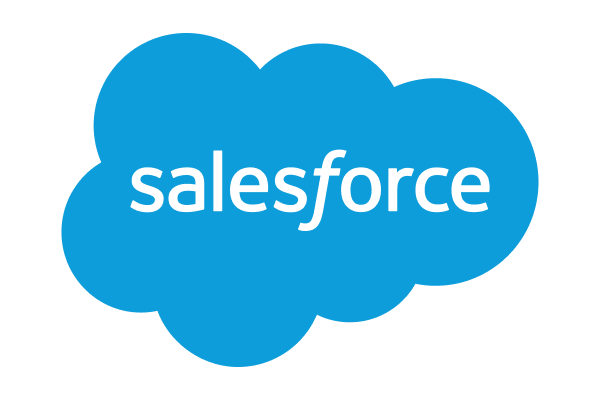
Salesforce CRM
The world’s most mature solution, with comprehensive features, especially suitable for large multinational enterprises.
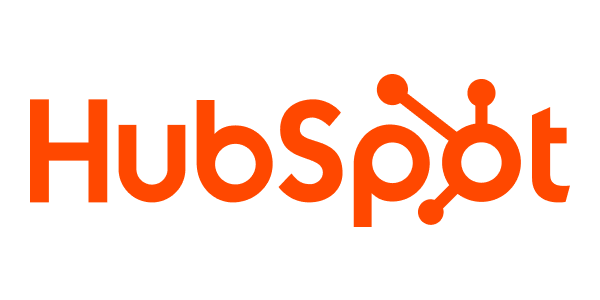
HubSpot CRM
Offers a free version, allowing small and medium-sized businesses to get started quickly, combining marketing and sales functions.
Practical Use Cases
- B2B Tech Companies: Use CRM to manage long sales cycles and track each opportunity
- Finance: Integrate customer investment records so RMs (Relationship Managers) can provide more precise advice
- Education: Track student enrollment processes from consultation to registration to improve conversion rates
3. CDP (Customer Data Platform)
Why CDP is Needed
In the multi-channel era, customers may interact with a brand through website, mobile apps, social media, and physical stores, with data scattered across different systems. The value of a CDP lies in:
- Data Integration: Centralize first-party data (website clicks, purchase records, app behavior, customer service interactions)
- Create a Single Customer View: Avoid duplicate and conflicting records
- Real-Time Marketing Activation: Trigger automated processes instantly based on behavior (e.g., abandoned cart)
Difference Between CRM and CDP
- CRM: Focuses on “sales and interaction records”
- CDP: Focuses on “data integration and real-time usage”
Representative Tools
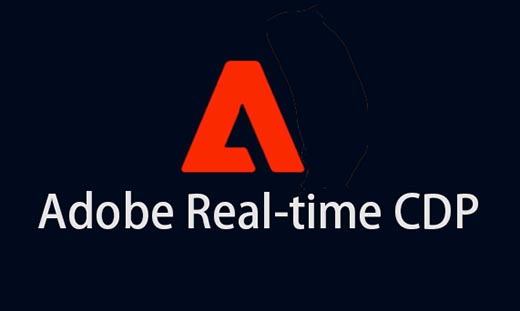
Adobe Real-Time CDP
Integrated with Adobe Experience Platform, enabling real-time segmentation and cross-channel personalization.
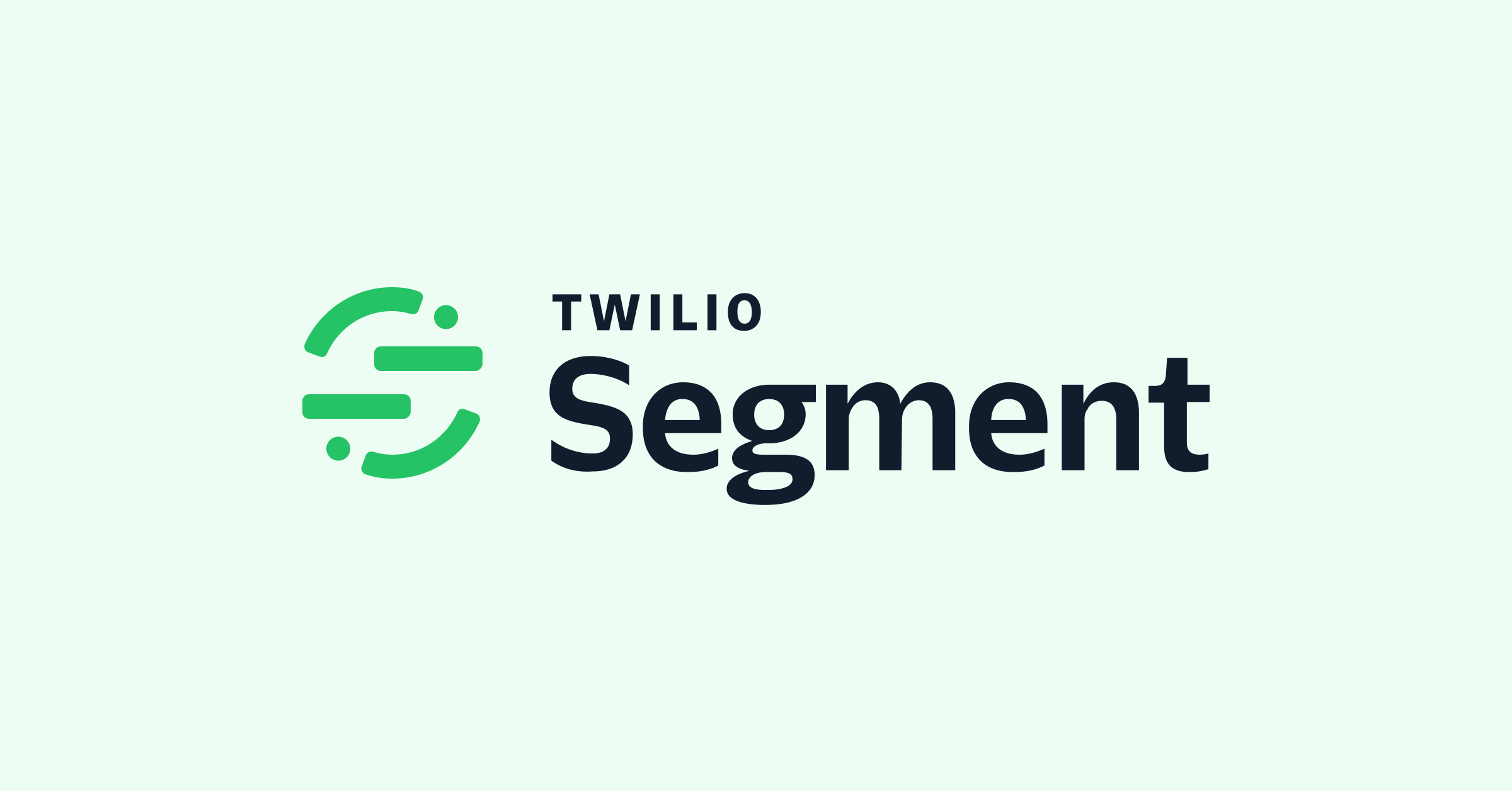
Segment
Developer-friendly, ideal for businesses that need flexible integrations.
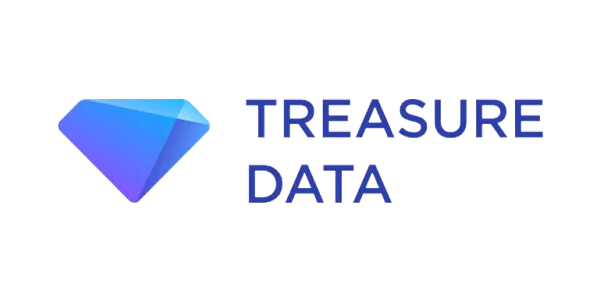
Treasure Data
Focused on big data integration and AI model applications.
Practical Use Cases
- E-commerce: Integrate website browsing and purchase history for personalized recommendations
- Finance: Provide real-time product recommendations based on customer investment behavior
- Retail: Combine POS data with loyalty card records to increase customer repurchase rate
4. Marketing Automation Platforms
Why Marketing Automation is Needed
The biggest challenge for marketers is how to maintain consistent, personalized, and real-time communication across tens of thousands of customer interactions. Marketing automation platforms are designed to solve this problem.
They help businesses:
- Automate Email marketing (e.g., birthday offers, order notifications)
- Build customer journeys and dynamically adjust messages based on behavior
- Execute lead nurturing to continuously cultivate potential customers until conversion
Representative Tools
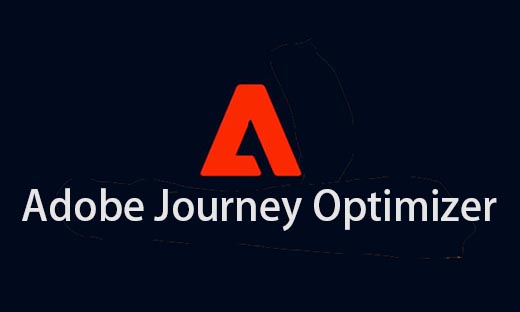
Adobe Journey Optimizer (AJO)
Integrates Adobe Real-Time CDP for real-time cross-channel journey orchestration
Learn More

HCL Unica+
Focuses on multichannel campaign management, ideal for finance, telecom, and other industries
Learn MorePractical Use Cases
- Retail & E-commerce: Customers leave items in the cart without checking out, system automatically sends reminder emails and pushes coupons
- Finance & Insurance: When a customer’s credit card is about to expire, the platform automatically sends renewal reminders and upgrade offers
- Education & Training: After registration, learners automatically enter the onboarding process and receive course recommendations based on progress
5. Data Analytics & Performance Tracking Tools
Why It Matters
Digital marketing should not only focus on impressions or clicks but also track conversion rate, customer lifetime value (CLV), and ROI. The role of analytics tools is to:
- Evaluate marketing campaign effectiveness
- Help optimize resource allocation
- Drive A/B testing and personalized strategies
Representative Tools
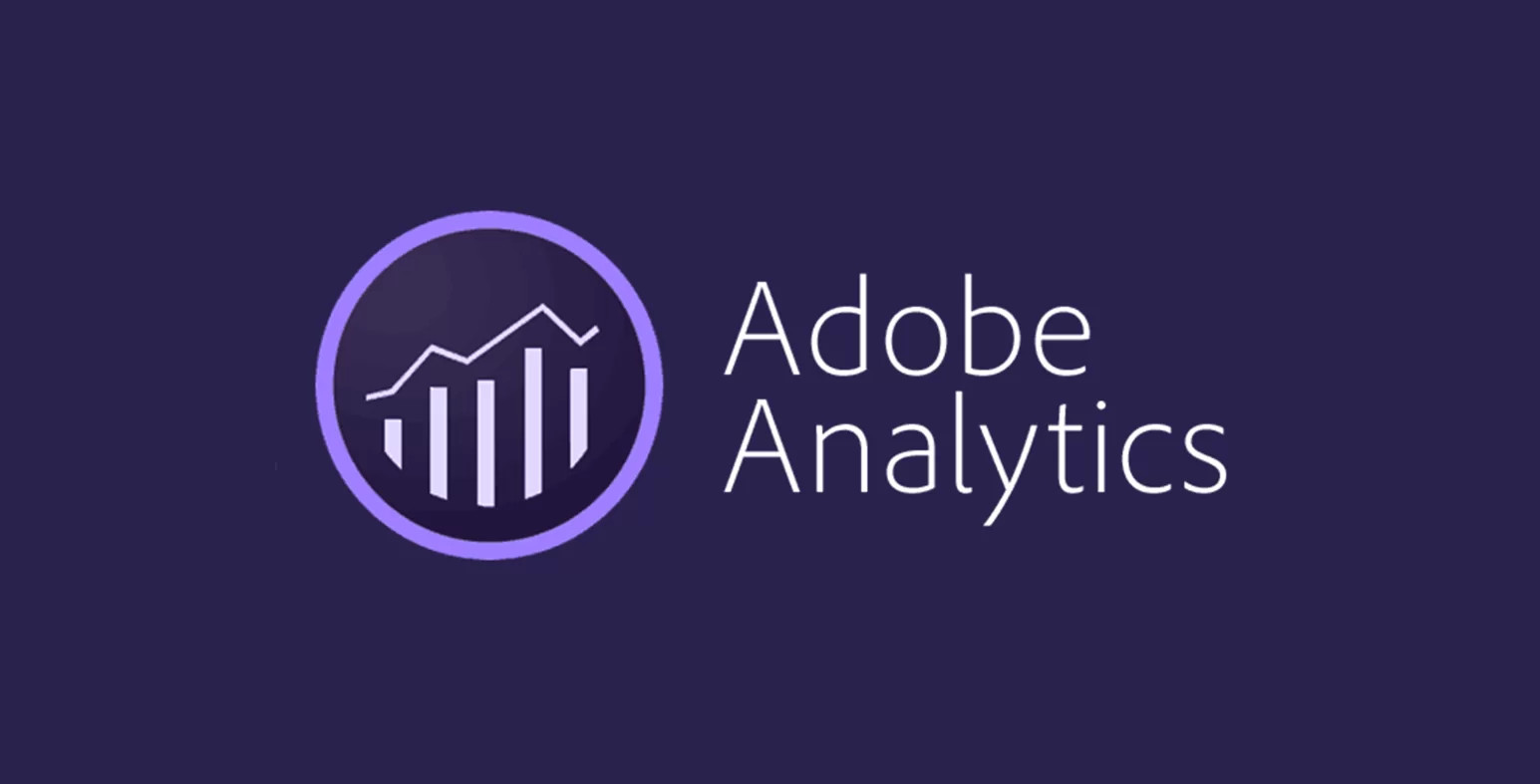
Adobe Analytics
Enterprise-level tool that can integrate with AEP and AJO, providing full-channel data analytics.
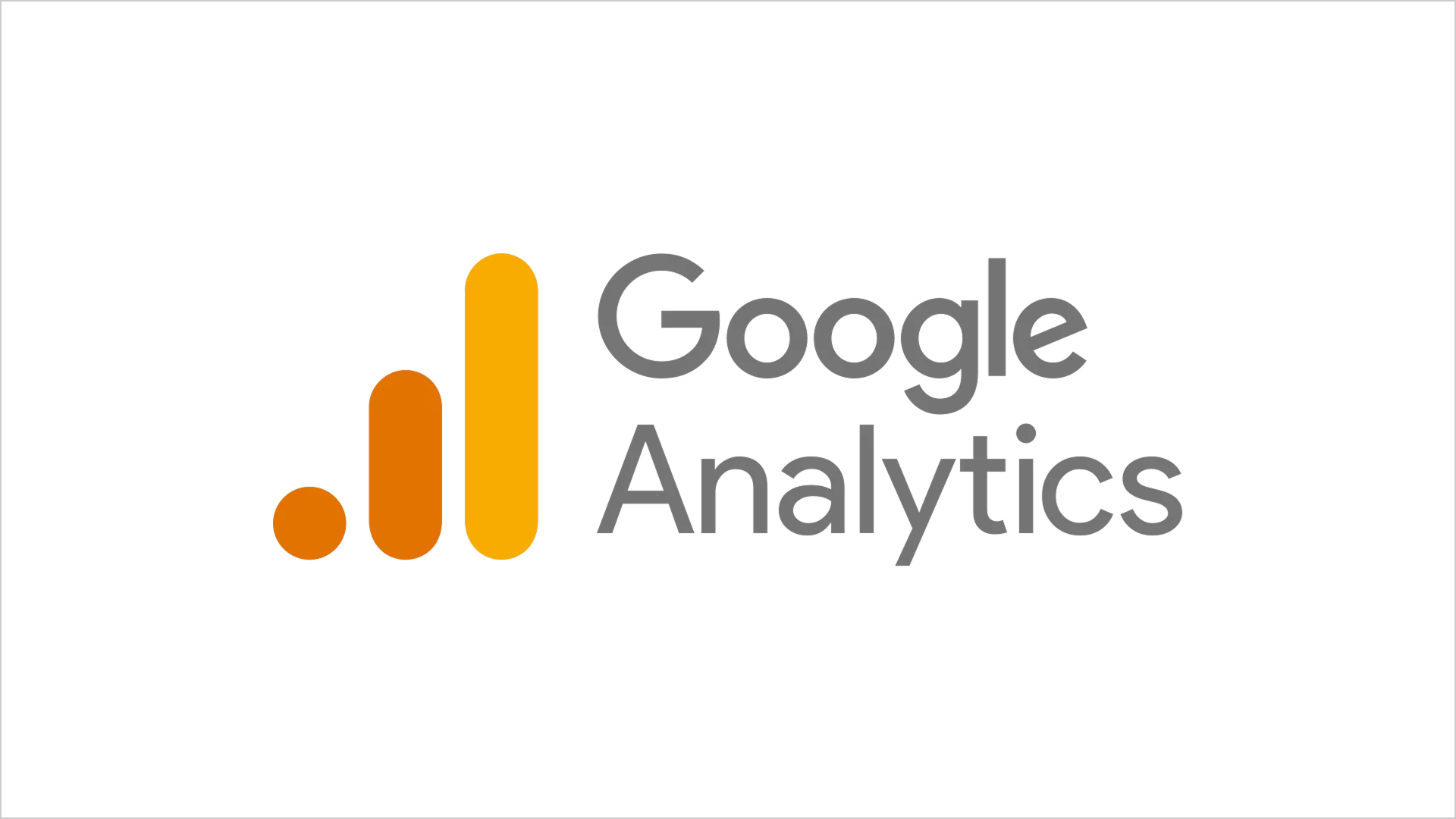
Google Analytics 4 (GA4)
Free, suitable for small and medium-sized businesses to track website and app performance.
Practical Use Cases
- E-commerce: Analyze revenue contributions from different campaigns
- SaaS: Track user activity and optimize retention
- Travel: Analyze customer preferences and recommend more relevant itineraries
6. How to Choose the Right Digital Marketing Tool?
Evaluate Five Key Metrics
1. Integration
Can it connect seamlessly with ERP, e-commerce, or support systems?

2. Scalability
Will it grow with your business?

3. Cost
Consider licensing, consulting, and maintenance

4. AI Capabilities
Includes personalization and prediction features?

5. Compliance
Meets GDPR, CCPA, Taiwan’s Personal Data Act?
Suggestions for enterprises of different scales
Startups & SMEs
HubSpot CRM + GA4 for low-cost, quick setup
Mid-to-Large E-commerce
Adobe AJO + Real-Time CDP for real-time omnichannel journeys
B2B Manufacturing/Tech
Marketo Engage + Salesforce CRM for lead nurturing & ABM
Finance/Telecom
HCL Unica+ + Adobe Analytics for data-driven, compliant marketing
7. Conclusion & Further Reading
Digital marketing software is not a single solution but a crucial piece in enterprise digital transformation. CRM, CDP, marketing automation, and analytics tools need to be interconnected to truly enable customer-centric experience design.
By leveraging these tools, businesses can not only improve conversion rates and revenue but also build long-term brand trust and customer relationships.
📌 Want to know which tool is best for your business?
👉 Contact the Leadstec consulting team to assist you with evaluation, implementation, and optimization.
Further Reading (Series Articles):
- Top Digital Marketing Tools of 2025
- Next: “How Generative AI is Transforming the Future of Digital Marketing Tools”


